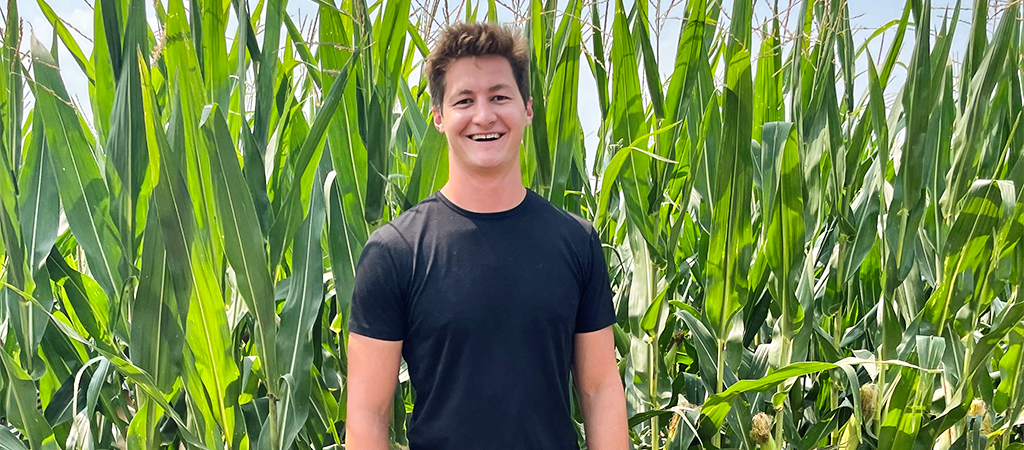I Saw the Corn of the Future at Pioneer's Research Center
Written by Andy Zessin, @az.farms

Written by Andy Zessin, @az.farms

Most farmers know a little something about how seed corn production works. Maybe they spent some summers walking corn fields detasseling as a kid, or perhaps they know someone who did. For me, that was about the extent of it; I never thought about what happened to my seed corn before I opened the bag and dumped it into the planter. That all changed a few weeks ago when I had the opportunity to visit the Pioneer Seeds research center in York, NE. The breeders there shared a bit about the process of making a corn hybrid.
We started the tour in the building, where they sort each corn kernel by hybrid. Pioneer manages thousands of different new hybrids and millions of kernels of corn — to hopefully come up with a top-producing hybrid. Once the seed has been sorted, it gets put into their specialized planter that plants each hybrid separately on the fly.
After the tour of the facilities, we got to check out the fields. The first field we saw was where they use their Boreas wind machine to test plants for stalk strength. Some hybrids may be high-yielding and look great, but if they don't pass this test, they get left behind.
A big takeaway for me on this trip is the mind-blowing technology in the works. Pioneer is constantly working to make my farm better.
The last part of the tour was walking through a field with probably thousands of hybrids at the beginning of their life. They were planted eight rows wide or so and only a few feet long. If these hybrids make it to production, it will be 5-7 years till the farmer sees them. We saw the latest in corn technology, like drought-resistant hybrids, short corn, and a ton of technology making white corn better.
I learned so much in this trip. The most exciting thing to me was how Pioneer works with end-users on food-grade corn products. No only are they producing high-yielding products with good disease packages that work for the farmer, but they also work with end-users to ensure their products have the qualities to make good food products.
A big takeaway for me on this trip is the mind-blowing technology in the works. It’s so exciting to think of what hybrids I will be using in the next 7-10 years. The process of improving/creating new hybrids is a complicated and long one, but it needs to start somewhere. While I was there, the year 2045 was mentioned, which means they are working now to fix upcoming problems they expect to happen in the next few decades, while doing what they can to fix the problems of today. Pioneer is constantly working to make my farm better.
All farmers should know that when they need something more out of their products, they should reach out to their sales representative. Thanks again to Pioneer for having me and my team out for the tour.
Andy Zessin farms corn, soybeans, alfalfa and wheat in Madison, Nebraska. Follow him on Instagram.
From lab to field, Pioneer is delivering better corn hybrids faster than ever before.